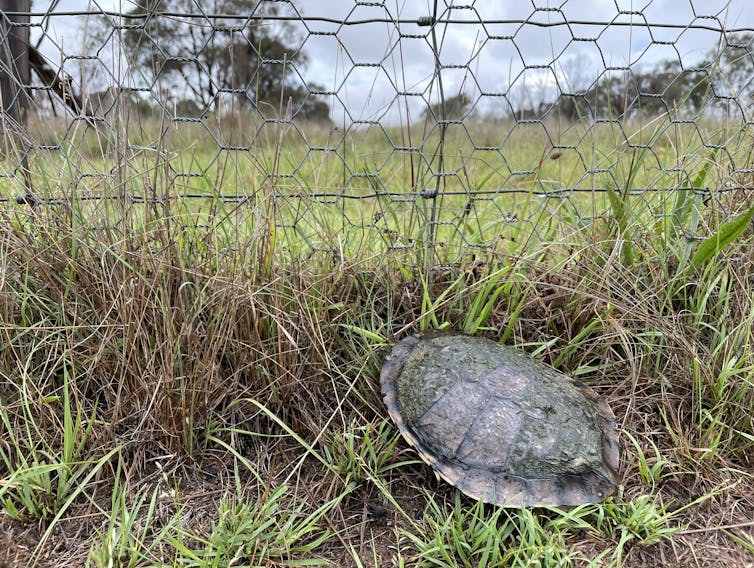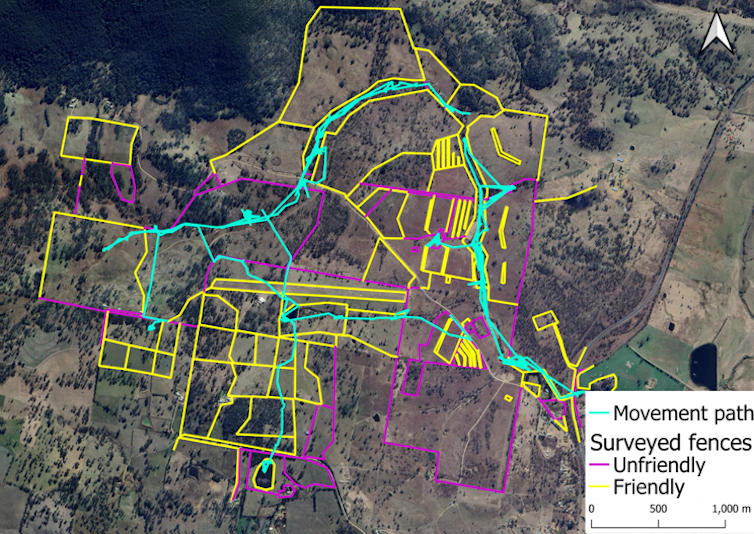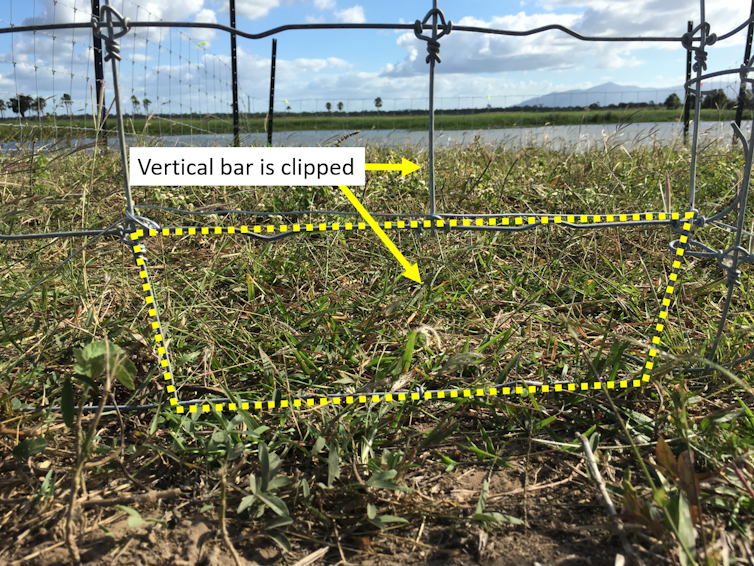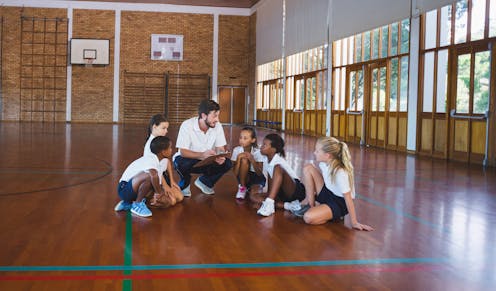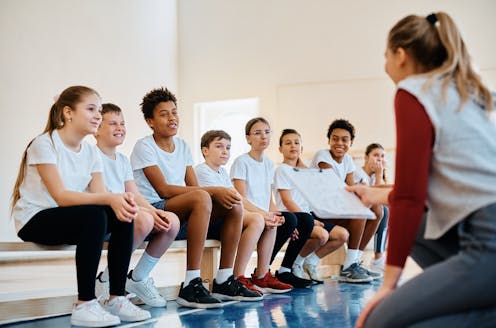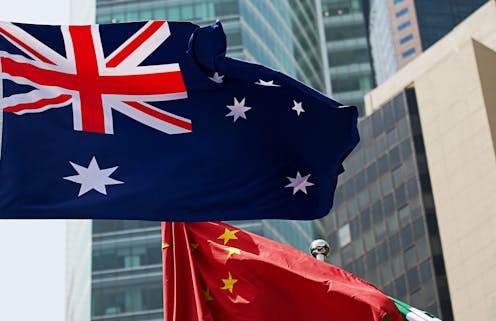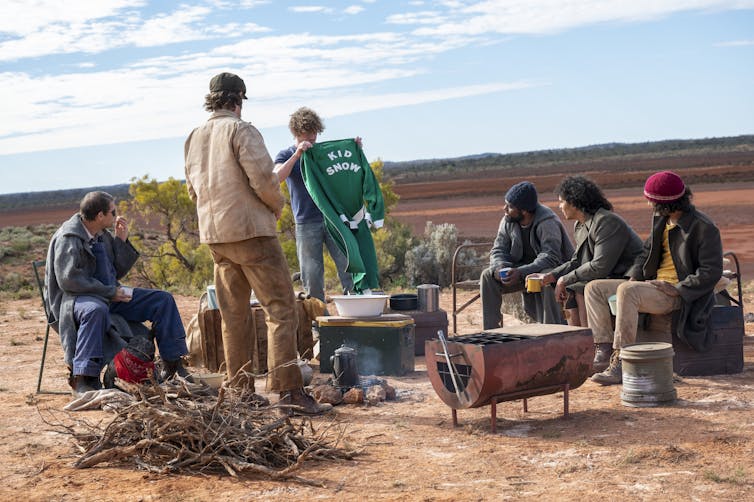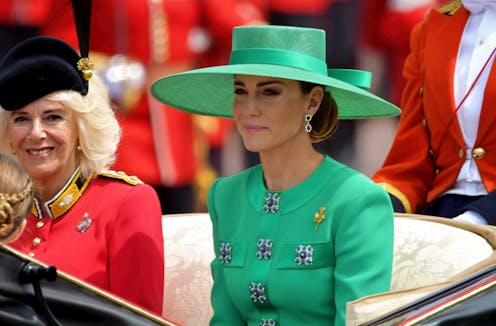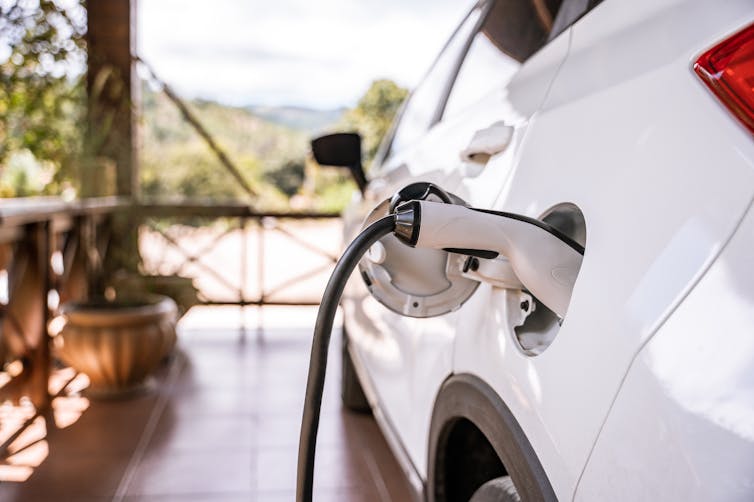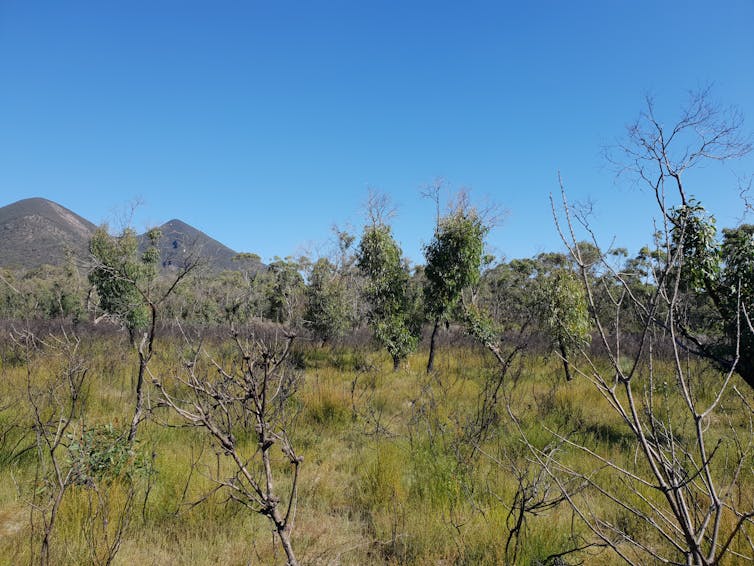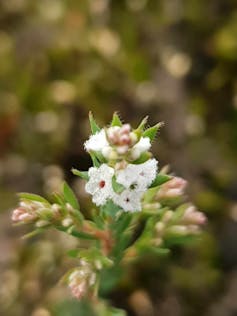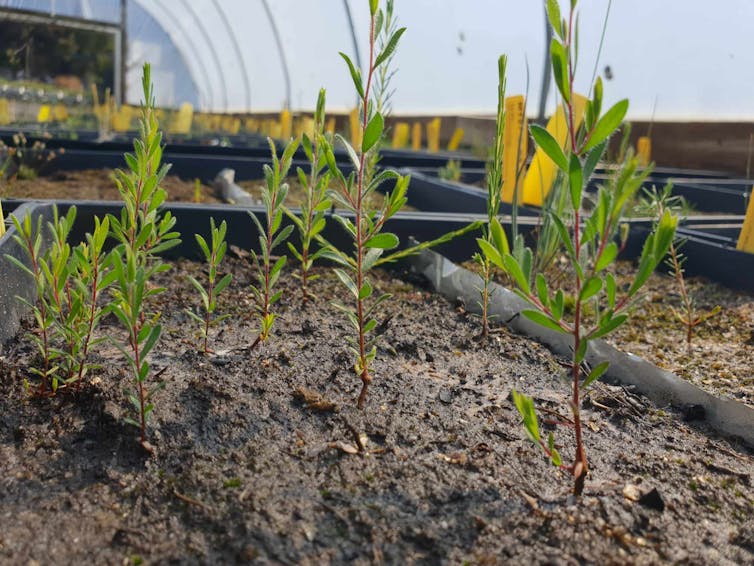Source: The Conversation (Au and NZ) – By Nicole Sutton, Associate Professor of Accounting, University of Technology Sydney
After months of negotiations between the major parties, the government has announced it will implement the Aged Care Taskforce recommendations.
The government already signalled back in March that it wouldn’t impose a new tax or aged care levy.
Today’s announcement focuses on how wealthier people will contribute in future to the overall cost of their residential aged care and home care services.
While some people won’t be happy about paying for more, these changes are critical to ensuring the aged care system’s long-term sustainability.
What’s changing for residential care?
In December, the Taskforce made 23 recommendations to support:
an aged care system that is sustainable, fair and facilitates greater innovation in the sector.
In accepting these recommendations, the government committed to maintaining its funding support for the clinical care needs of all residents and providing safety-net funding for residents with low financial means.
The three key proposals relating to residential care are:
1. Means-testing the ‘hotelling supplement’.
Currently, taxpayers subsidise the cost of everyday living for all residents, regardless of their means. Everyday services include catering, cleaning and laundry.
Going forward, people with significant financial means (with more than A$238,000 in assets, more than $95,400 in income or a combination of the two) will no longer receive this subsidy and will need to pay an additional amount to cover these costs.
2. Introducing a deferred rental payment.
This is a rental payment for people who pay for their accommodation using a refundable lump-sum deposit. That payment would be taken from their refund, rather than become an additional charge.
This would help overcome a longstanding problem where many providers have been making a loss on the cost of accommodation.
3. Abolishing the means-tested care fee.
Instead, a new means-tested non-clinical care contribution would be introduced. This will cover non-clinical care costs such as bathing, mobility assistance and provision of lifestyle activities.
What impact will these changes have on older people?
Many people will be unaffected by the changes. Under the “no worse off” principle, people who already live in aged care homes will continue to pay as they do under their current arrangements.
Likewise, people with low financial means, typically full pensioners without major assets, will be unaffected. The government will continue to fully cover the costs of their clinical care, non-clinical care and accommodation, and continue to top up their everyday living costs via the hotelling supplement.
Pensioners will continue using their age pension to pay for their everyday living expenses, capped at 85% of the age pension (equivalent to $445 per week).
mapo_japan/Shutterstock
At the other end of the scale, those with significant means, such as self-funded retirees, will pay an additional means-tested hotelling fee to meet the full cost of their food, laundry, cleaning and utilities. This fee (up to $88 per week, or an extra $4,581 per year), would bring their total contribution to their everyday living services to $533 per week.
Also, while the government will cover self-funded retirees’ clinical care costs, they would be expected to contribute towards the costs of non-care services via a means-tested non-clinical care contribution. This contribution is capped at $101.16 per day (or $708 per week), which a resident would stop paying when either they reach a lifetime limit of $130,000 or four years (whichever is sooner).
Within the new means-testing arrangements there will be no change to the treatment of the family home. The value of the family home included in the means test would remain capped at $206,039 (indexed), even though this arrangement ignores the wealth of people with homes above this limit.
Finally, part-pensioners and self-funded retirees who pay for their accommodation via a refundable lump-sum deposit will pay a new annual deferred rental charge equal to 2% of their deposit per year.
A room priced at $550,000 would attract a rental charge of $212 per week ($11,000 per year), which would be deducted from the $550,000 deposit when it is returned to the resident or their estate at the end of their stay.
For context, if someone wanted to pay for the same room using the daily payment method, it currently costs them $882 per week.
Currently, each resident’s daily payments are fixed at the price when they enter residential care. However, going forward residents’ payments will be indexed twice a year.
The focus is on improving the equity and sustainability
It will take some time to analyse the full implications of today’s announcement, which also included important changes to the Support at Home program and the new Aged Care Act.
Nonetheless, the proposed changes are likely to improve the sustainability and equity of Australia’s residential aged care system.
More than half of all aged care homes are operating at a loss and in the last four years the homes have accumulated losses of $5.6 billion. This is not sustainable, and every home that closes means less chance older people have of getting the residential care and support they need.
The proposed changes, particularly around accommodation, will help ensure providers have sufficient revenue to cover the costs of the services they deliver.
Introducing more means-testing arrangements for everyday living and non-clinical care costs will allow taxpayer funding to better target support to residents with few financial means.
Perhaps most importantly, the increase in contributions from older people who can afford to do so will improve intergenerational equity by taking some of the pressure off income taxpayers who are meeting the rising cost of providing subsidised aged care.
Nicole Sutton is the co-lead of the Business & Strategy Theme at the UTS Ageing Research Collaborative. She contributes to research projects funded by the Department of Health and Aged Care. She is the current Treasurer of Palliative Care NSW.
Michael Woods is Professor of Health Economics at the UTS Centre for Health Economics Research and Evaluation. He is Policy Advisor to the UTS Ageing Research Collaborative (UARC) and Chairs the Editorial Board of Australia’s Aged Care Sector. He is a Member of IHACP’s Aged Care Advisory Committee and undertakes policy research for the Commonwealth Government and the aged care sector. Michael was a former Deputy Chair of the Productivity Commission. He has no funding or other conflicts of interest related to this article.
– ref. The government has a new plan for residential aged care. Here’s what’s changing – https://theconversation.com/the-government-has-a-new-plan-for-residential-aged-care-heres-whats-changing-238765




